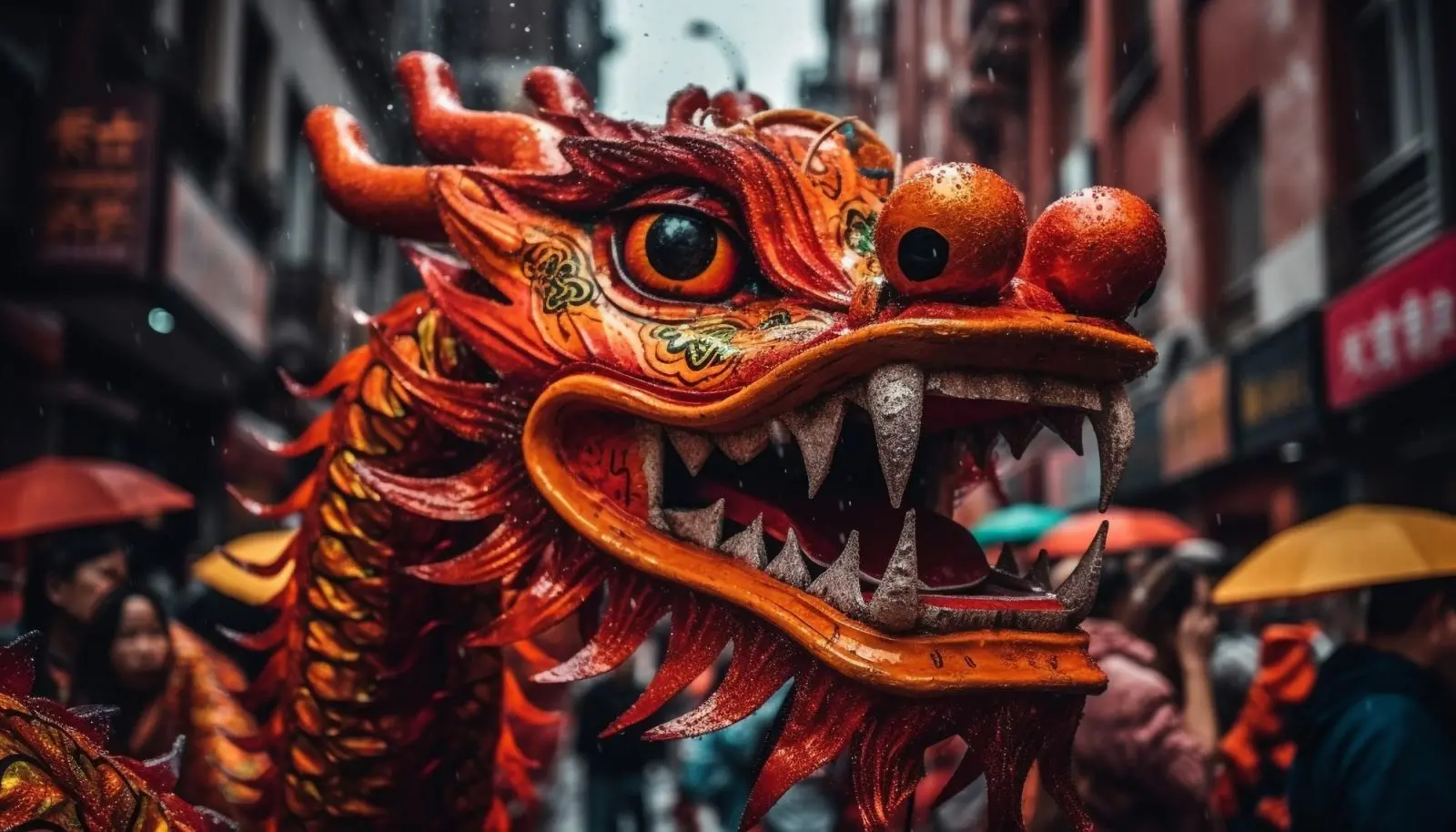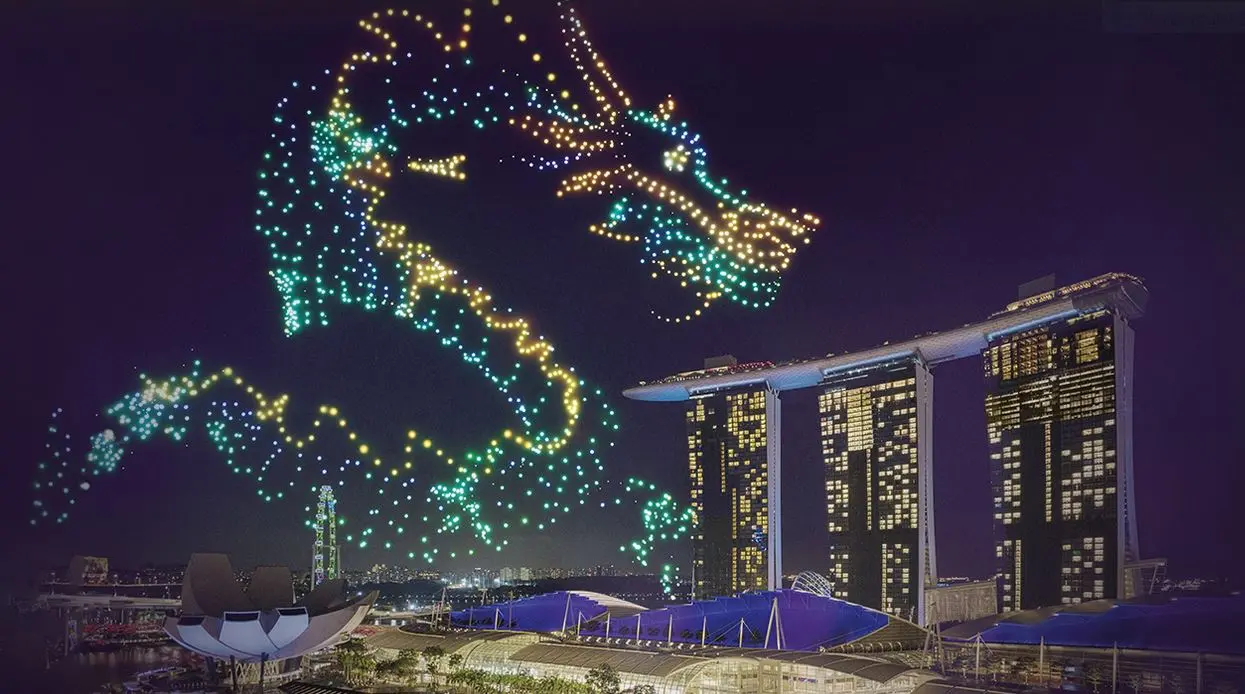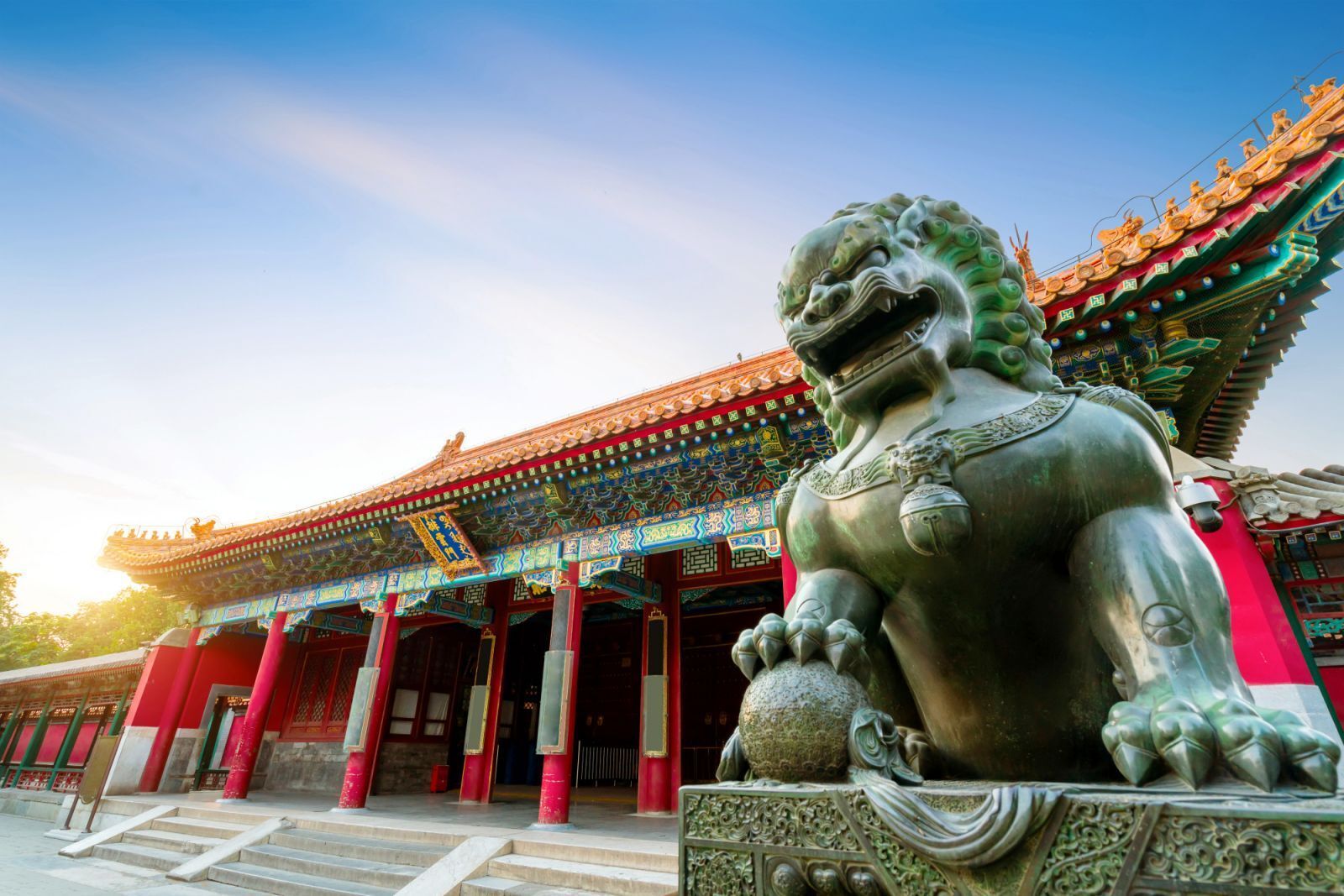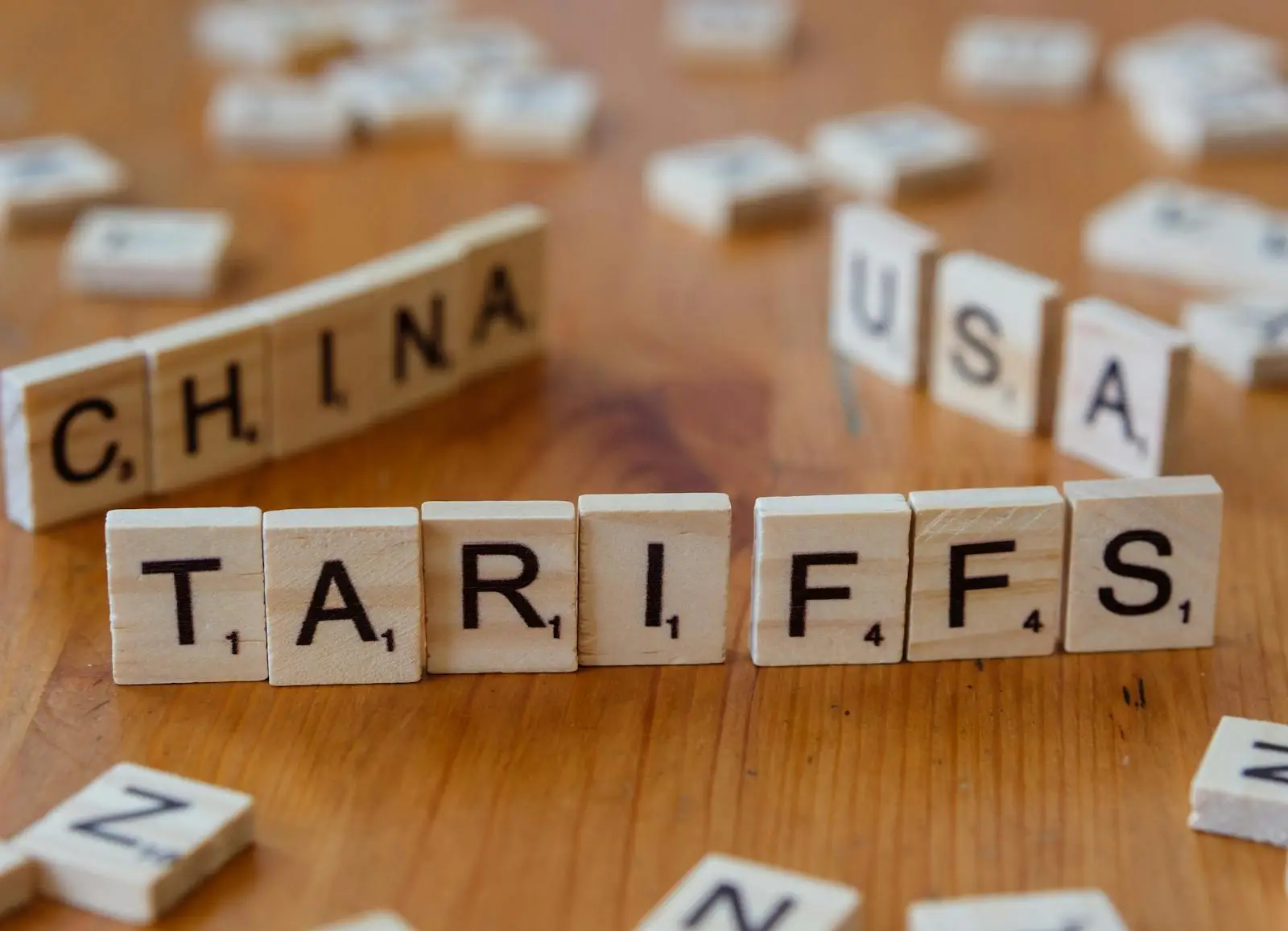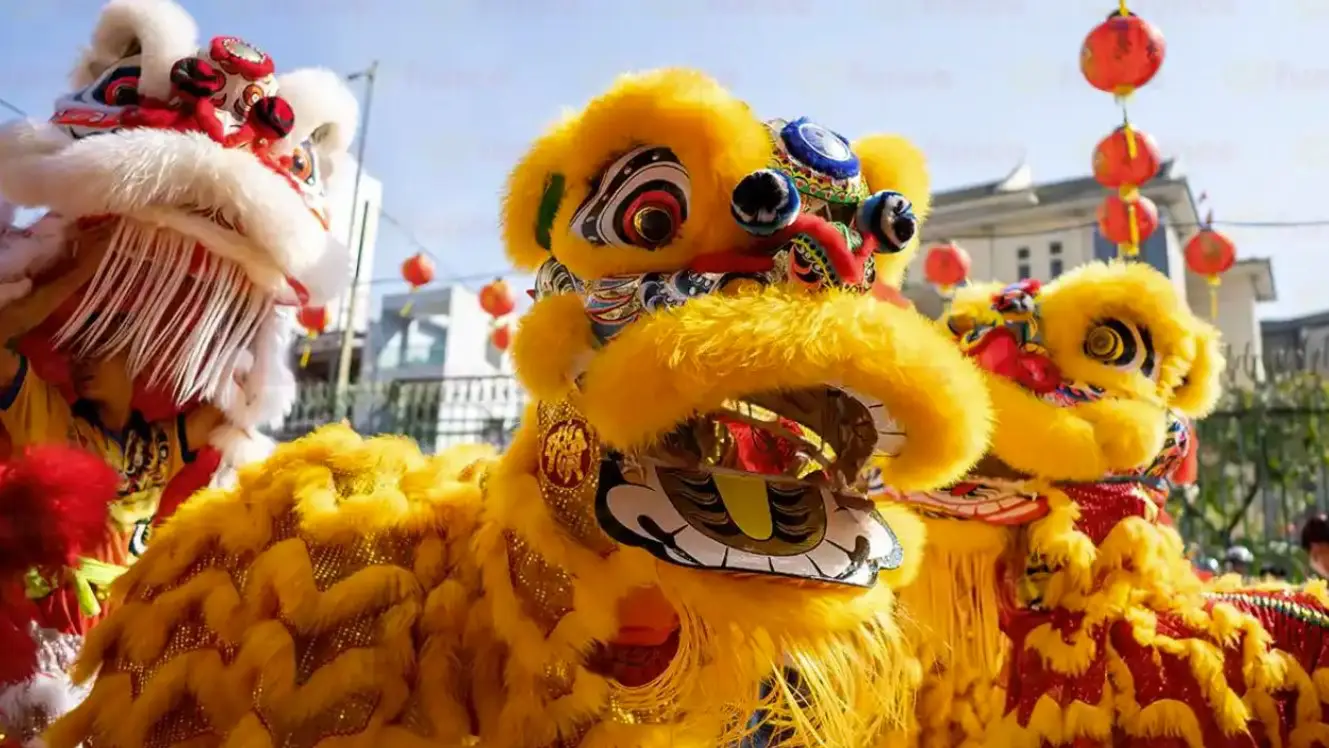China embarked on the world’s busiest travel season in 2024, as millions began their journeys for the Spring Festival, also known as the Lunar New Year.
This annual event is not only a time for family reunions but also a significant period for China’s transportation and tourism sectors, with an estimated 9 billion passenger trips expected during this year’s travel rush.
The nation’s transport ministry forecasts record-breaking numbers, highlighting a remarkable phase in China’s economic recovery and the vibrant revival of its tourism market.
In the thick of this travel frenzy, approximately 80 percent of the journeys, totaling around 7.2 billion, will be made by self-driving, showcasing China’s robust road network. Meanwhile, railways, highways, waterways, and civil aviation are set to accommodate the remaining 1.8 billion trips.
This logistical feat is underscored by China’s railway operator’s prediction of handling 480 million passenger trips during the season, a staggering 37.9 percent increase from the previous year.
This 40-day travel surge, known as “chunyun,” is more than a mere movement of people. It’s a celebration of reunions and a testament to China’s infrastructure capabilities. The country’s railway system alone saw a surge in ticket sales, with around 230 million tickets sold since January 12, indicating a significant year-on-year increase.
The onset of the travel rush was marked by a high-speed rail journey from Beijing West Railway Station at 5:34 a.m. on the first day, launching what is arguably the world’s largest human migration. Railway operators have ramped up their services, planning to run up to 12,800 trains daily during the festival. Airlines are not far behind, with over 2,500 additional flights planned to cater to the increased demand for international travel.
Airports like Haikou Meilan International Airport are gearing up for a busy season, expecting to handle around 24,708 flights and serve approximately 3.63 million passengers. Similarly, Sanya Phoenix International Airport is preparing for a surge in flight operations and passenger traffic.
But it’s not just about numbers. The focus is also on making journeys cozier and safer. With advancements like new high-speed railways, travelers like Jiang Yixiu, a migrant worker, can now enjoy reduced travel times and expenses. China’s commitment to improving travel experiences is further evident in the updated railway ticket-booking app 12306 and enhanced safety measures across all transport sectors.
This year’s Spring Festival is not just a period of travel; it’s a revival of the travel frenzy and a booming tourism industry. From the snow-covered St. Sophia Cathedral in Harbin to the tropical allure of Sanya, China’s diverse destinations are drawing in crowds, further stimulated by themed trains and innovative travel experiences.
As China’s domestic tourism rapidly recovers, predictions suggest that total domestic travel will exceed 6 billion visits in 2024, with domestic tourism revenue likely surpassing 844.19 billion U.S. dollars. This travel rush is not only a journey home for millions but a journey forward for China’s economy.
2024: The Year of the Dragon
2024 marks the Year of the Dragon, one of the most celebrated years in the Chinese zodiac cycle. The dragon, revered as a symbol of power, strength, and good luck, holds a special place in Chinese culture and mythology. This year is anticipated to bring forth vitality, enthusiasm, and the potential for significant transformations and growth. Historically, the Year of the Dragon is seen as an auspicious time for starting new ventures, taking bold steps, and embracing change.
Celebrations Around the World
People across the globe who observe the lunar calendar often look forward to the dragon year with optimism and excitement, expecting it to usher in prosperity and success.
In countries with significant Chinese communities like Malaysia, Singapore, and Indonesia, Dragon Year festivities are a spectacular blend of traditional and modern celebrations. Streets come alive with vibrant parades, dragon dances, and the unmistakable crackle of fireworks, symbolizing the warding off of evil spirits and ushering in good fortune.
In Western countries, like the United States and Canada, the Year of the Dragon is an opportunity to explore and celebrate Chinese culture. Major cities with Chinatowns, such as San Francisco and Toronto, host grand parades showcasing intricate dragon floats, martial arts demonstrations, and cultural performances. These events not only draw crowds from the local Chinese community but also attract a diverse group of spectators, reflecting a global appreciation of Chinese traditions.
Europe, too, joins in the celebration, with countries like the United Kingdom and France hosting their own versions of Dragon Year festivities. London’s Chinatown becomes a focal point for celebrations, with red lanterns adorning the streets, and traditional food stalls offering a taste of Chinese cuisine. In Paris, the Marais district transforms with festive decorations and a parade that weaves through the historic streets, bringing together people of all backgrounds in a shared experience of cultural exchange.
In Chinese communities worldwide, the Year of the Dragon is celebrated with an array of vibrant festivities, including dragon dances, parades, and fireworks. The dragon dance, an integral part of the celebrations, is performed to scare away evil spirits and attract good luck and fortune. These performances are not just a display of cultural heritage but also a reflection of the community’s hopes and aspirations for the year ahead.
As 2024 progresses, the spirit of the dragon is expected to inspire innovation, leadership, and the courage to face challenges, making it a year full of potential and promise for individuals and communities alike.

